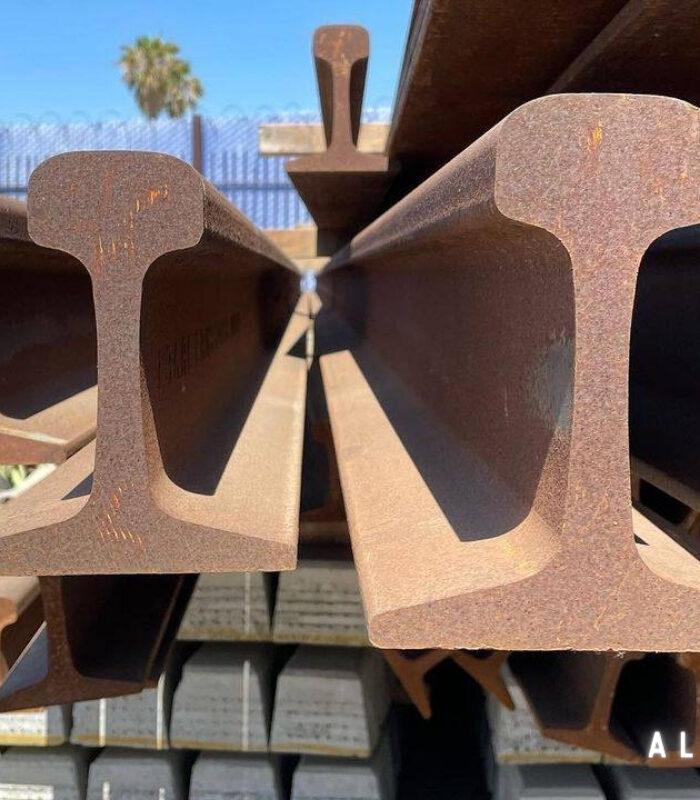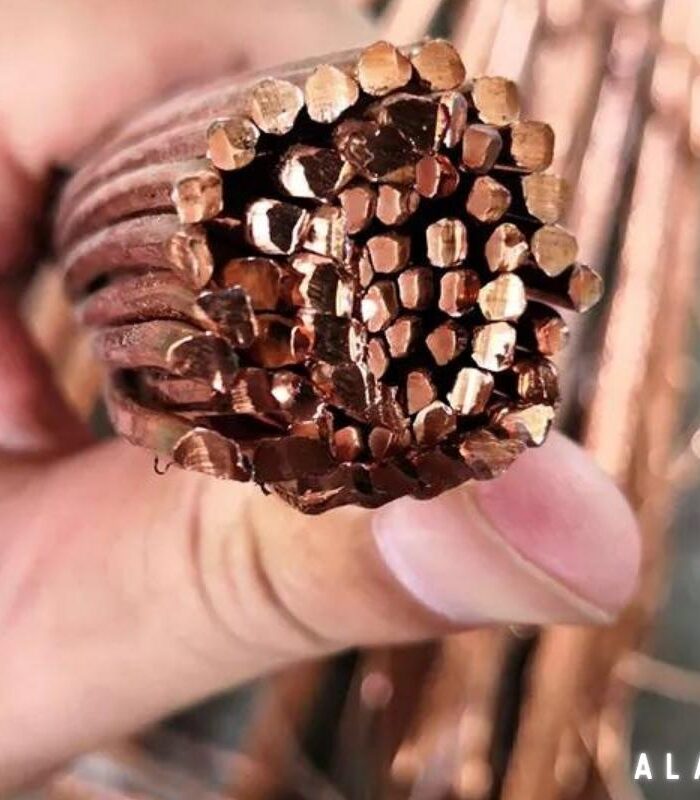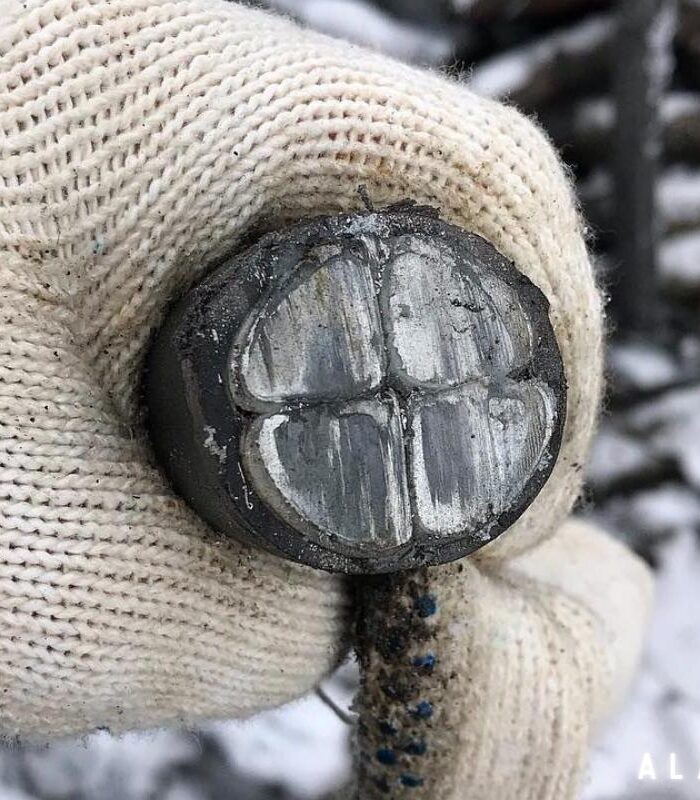

Case Study Info
- Clients Mike Alexandrovich
- Category Metal scrap
- Date May 04, 2022
- Location Ufa City
Brass:
– Description: Brass is an alloy made primarily of copper and zinc. It is known for its bright gold-like appearance and has excellent malleability and corrosion resistance.
– Typical Specifications:
– Composition: Brass typically contains 60-90% copper and 10-40% zinc, with small amounts of other elements like lead or tin.
– Appearance: Brass has a yellowish-gold color, although it can vary depending on the exact composition.
– Density: The density of brass ranges from 8.4 to 8.7 grams per cubic centimeter (g/cm³).
– Melting Point: The melting point of brass is around 900 to 940 degrees Celsius (1650 to 1720 degrees Fahrenheit).
– Tensile Strength: The tensile strength of brass varies depending on the specific alloy, typically ranging from 350 to 550 megapascals (MPa).
– Applications: Brass is commonly used in various applications, including plumbing fittings, electrical connectors, musical instruments, decorative items, and more.
Bronze:
– Description: Bronze is an alloy primarily composed of copper, with the addition of tin and other elements. It is known for its strength, durability, and distinctive reddish-brown color.
– Typical Specifications:
– Composition: Bronze is primarily composed of copper, typically with a tin content of 5-25%, along with small amounts of other elements like zinc, lead, or aluminum.
– Appearance: Bronze has a reddish-brown color, although the shade may vary depending on the specific alloy.
– Density: The density of bronze ranges from 8.7 to 9.2 grams per cubic centimeter (g/cm³).
– Melting Point: The melting point of bronze varies depending on the specific alloy, typically ranging from 850 to 1050 degrees Celsius (1560 to 1920 degrees Fahrenheit).
– Tensile Strength: The tensile strength of bronze varies depending on the specific alloy, typically ranging from 200 to 600 megapascals (MPa).
– Applications: Bronze is widely used in applications such as sculptures, statues, architectural elements, bearings, gears, marine fittings, musical instruments, and more.
Please note that the specifications mentioned above are general and can vary depending on the specific alloy and manufacturing processes. If you have any specific requirements or need further information, please let us know.


